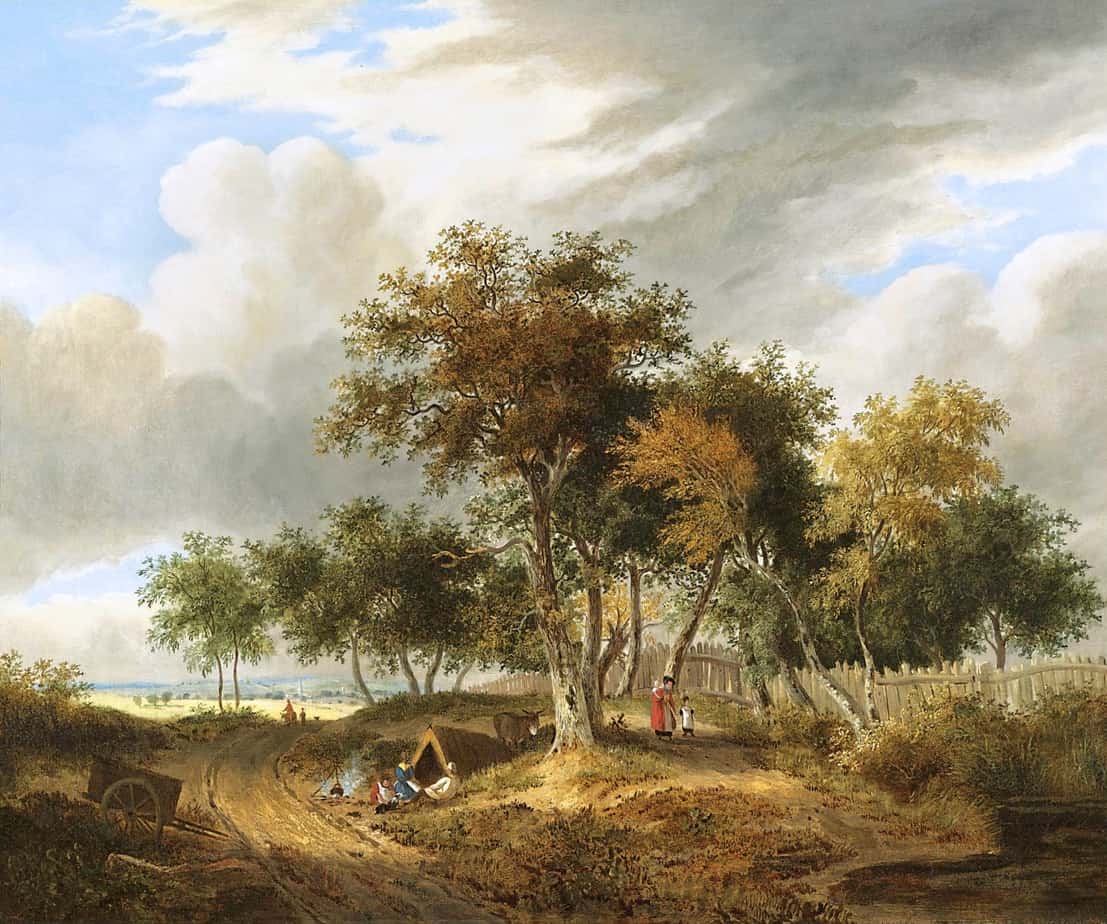As always, the term Gypsy is a source of massive debate within the Romany community. Many Romani have reclaimed the term and use it to fight back against oppression. As is their right! Many Romani cannot stand the sight or sound of it, for valid reasons!
Roma Unraveled
What did Enid Blyton and E. Nesbit have in common? Apart from a dislike of only children and a shared love of ginger beer, they both wrote stories about groups of children going out into the countryside and finding adventure. In these natural environments the children came across good people and bad people (policemen, shopkeepers etc, smugglers etc.) and then there were ‘gypsies’, who readers understood were instant opponents.
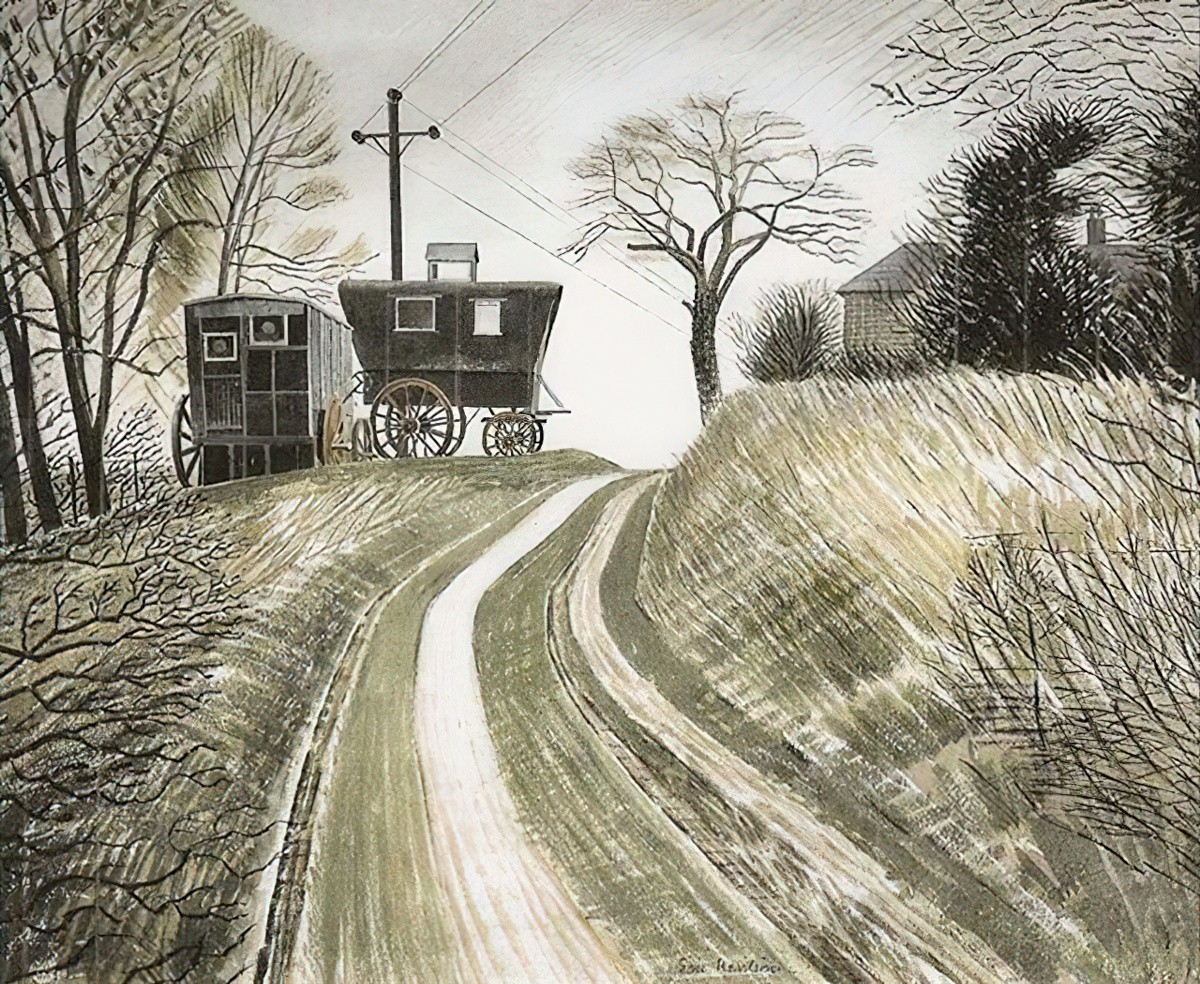
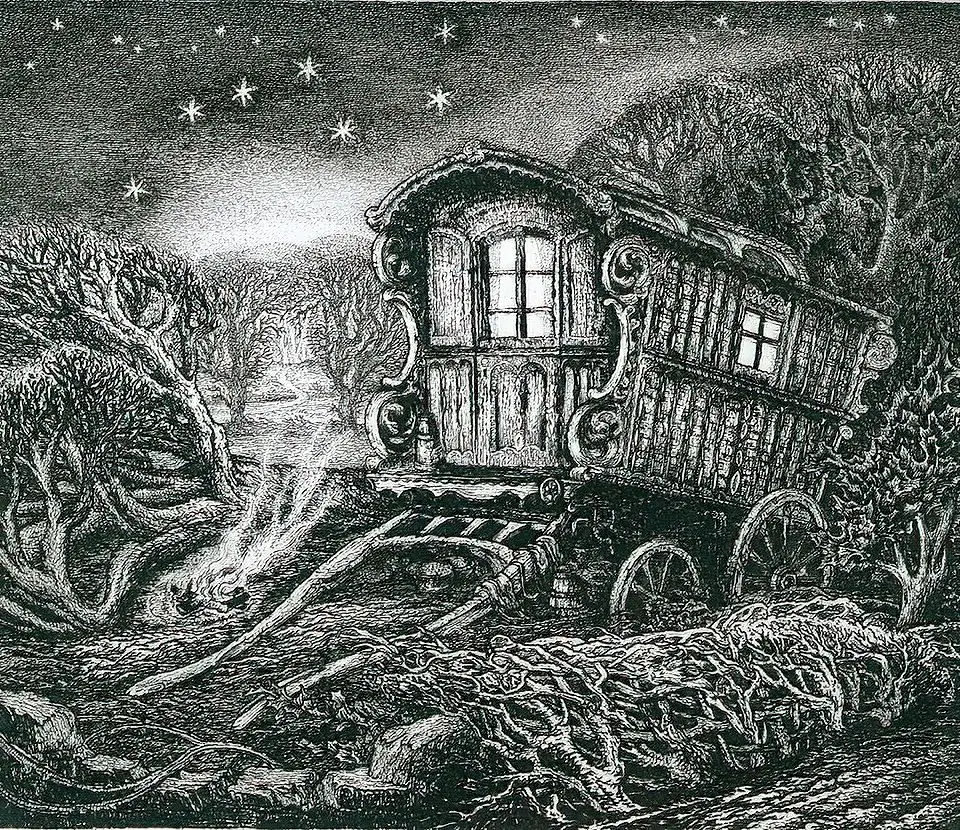
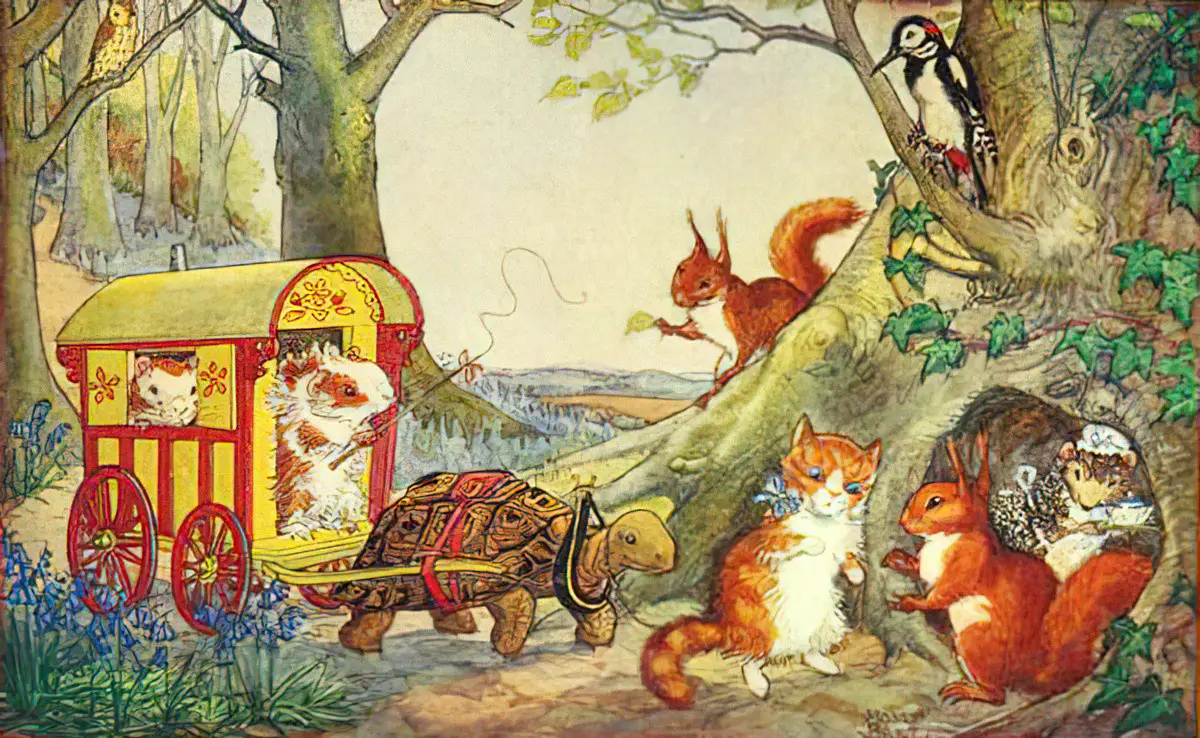
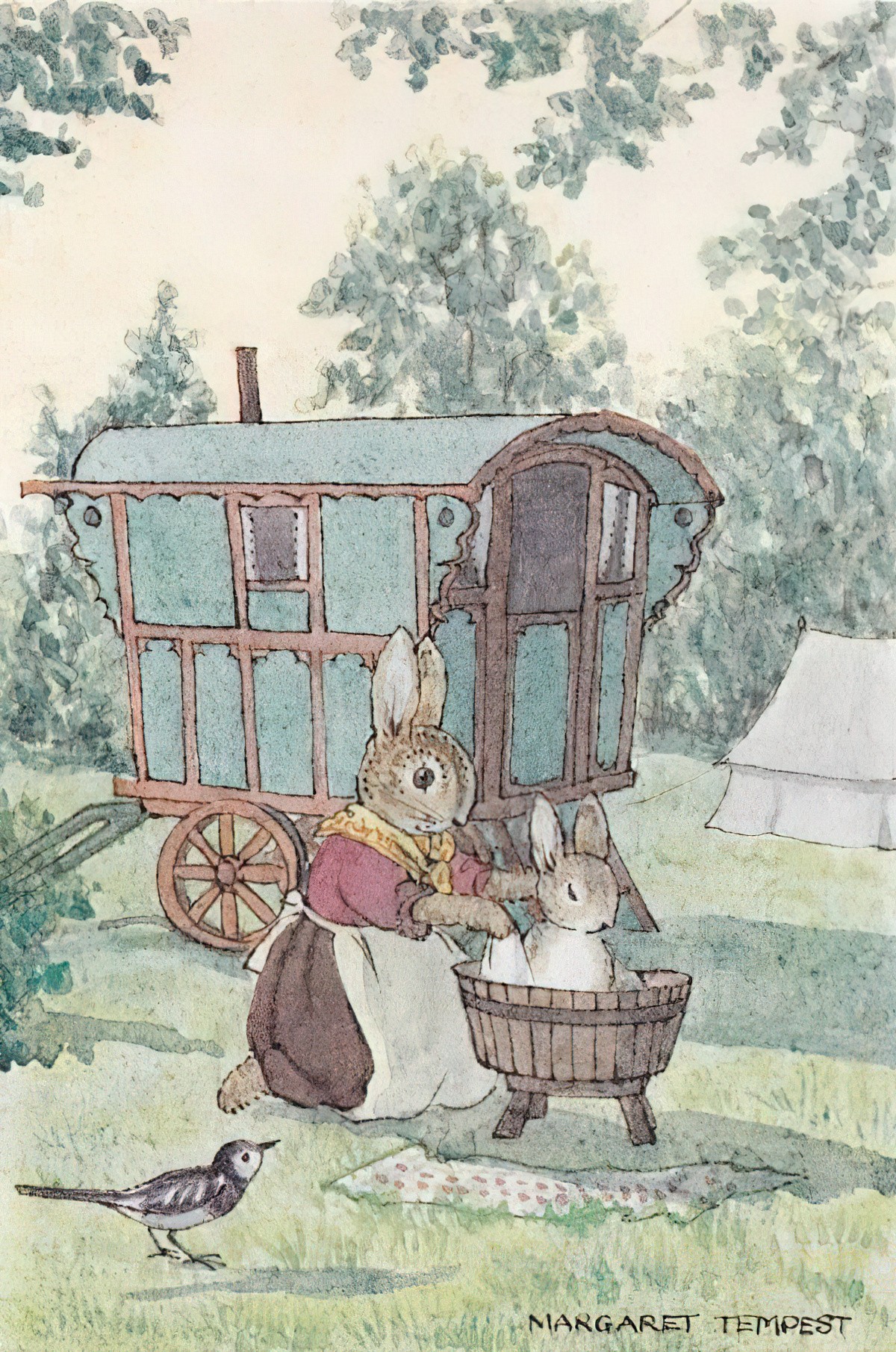
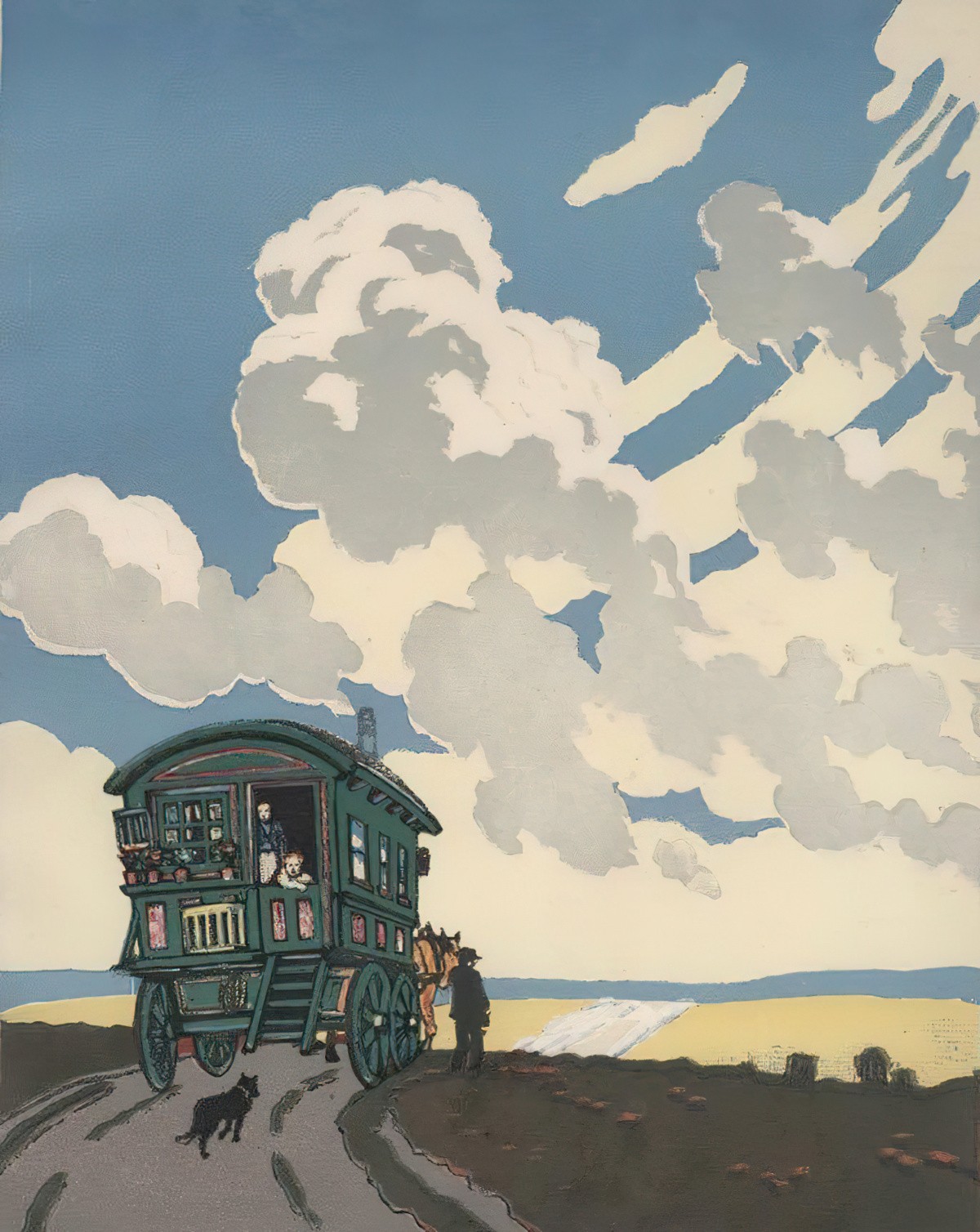
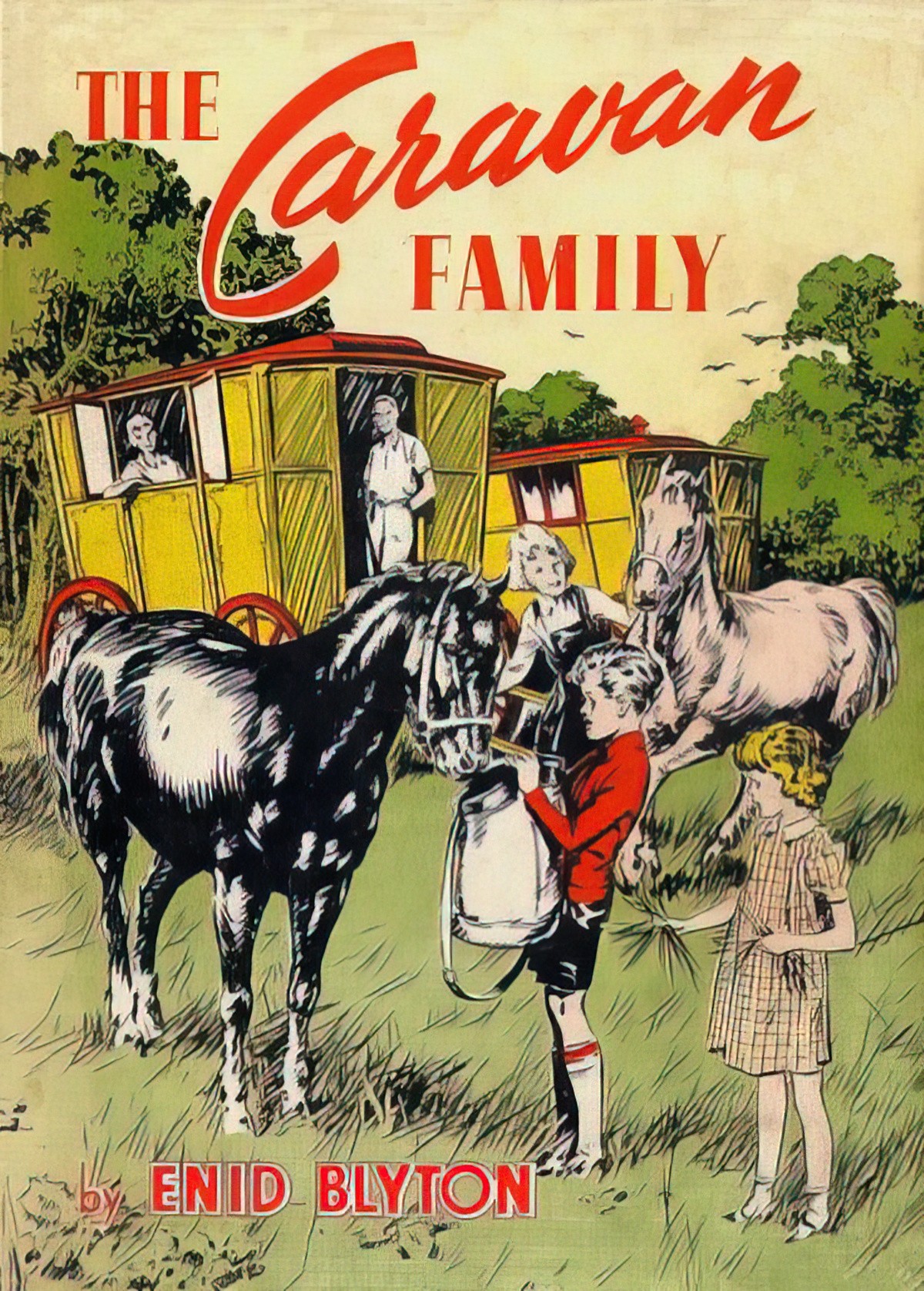
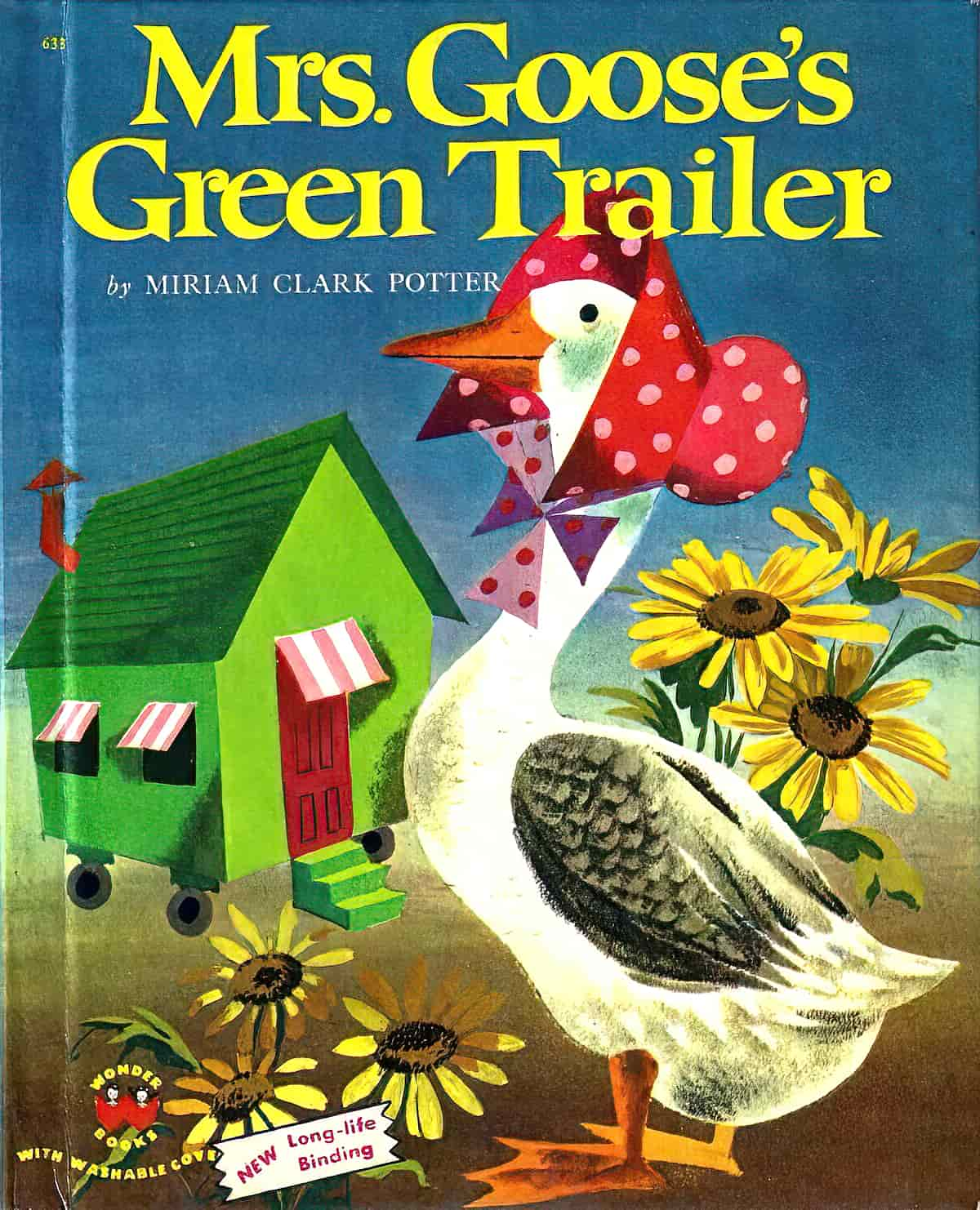
The four children encounter gypsies in chapter 3 of Five Children and It. They get sick of their baby brother and wish someone, anyone, would take him. So the Psammead arranges for that to happen, and no they can’t take the wish back. But since the wishes only last until sunset, this chapter gives E. Nesbit a chance to dismantle a popular anglo belief at the time: That gypsies stole children. Much like the Elf on the Shelf, who it was said kept an eye on children even in parental absence, if children did not do as required it was often said that if they were not careful the gypsies would come and get them.
Even today it’s thought that gypsies abduct children. The high profile Madeleine McCann case is a good example.
See The Legend of the Child Snatching Gypsies.
Thomas Acton, a renowned Professor of Romani Studies, says that there is no documented case of Roma or Travellers stealing non-Gypsy children anywhere.
Peter McGuire
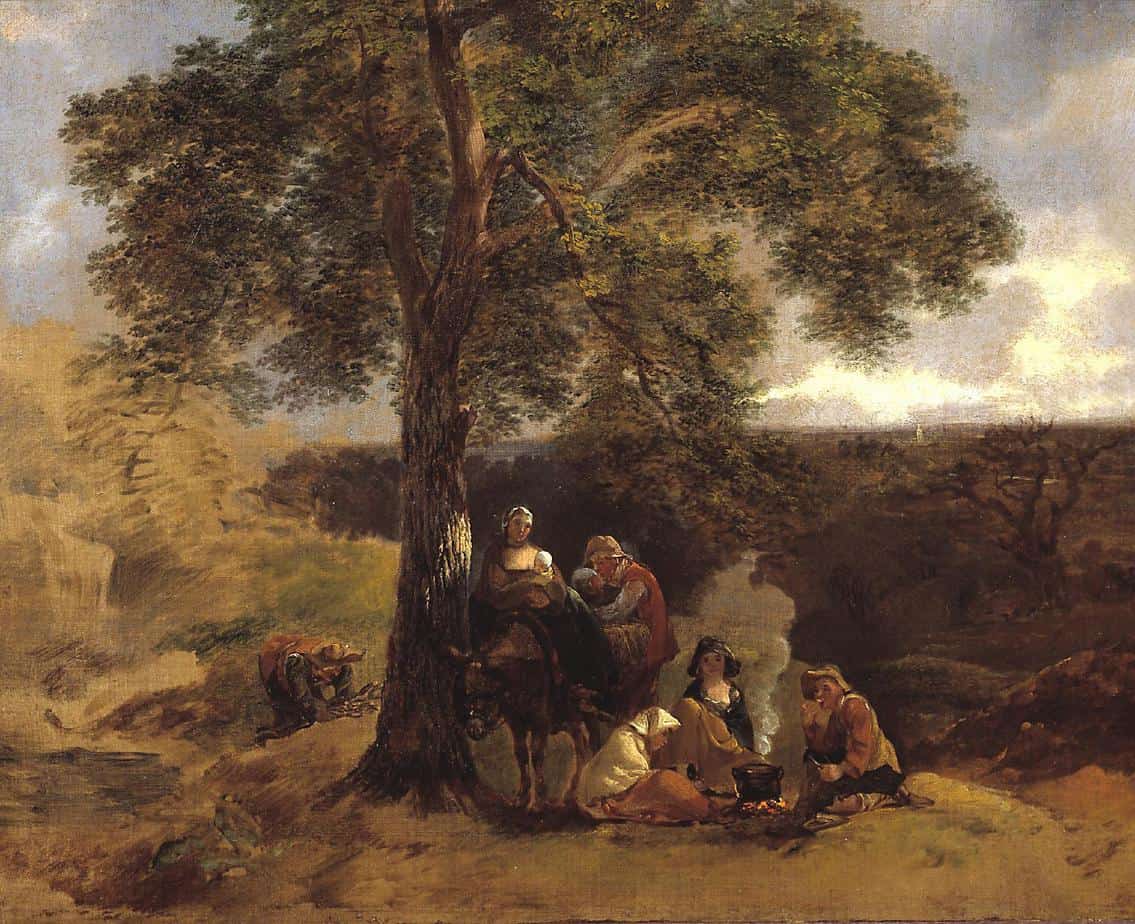
In Shadow The Sheepdog we see that gypsies came in useful as an archetype for missing dogs, too. Johnny is required to enter a gypsy caravan, where he finds the drugged Shadow inside a bag.
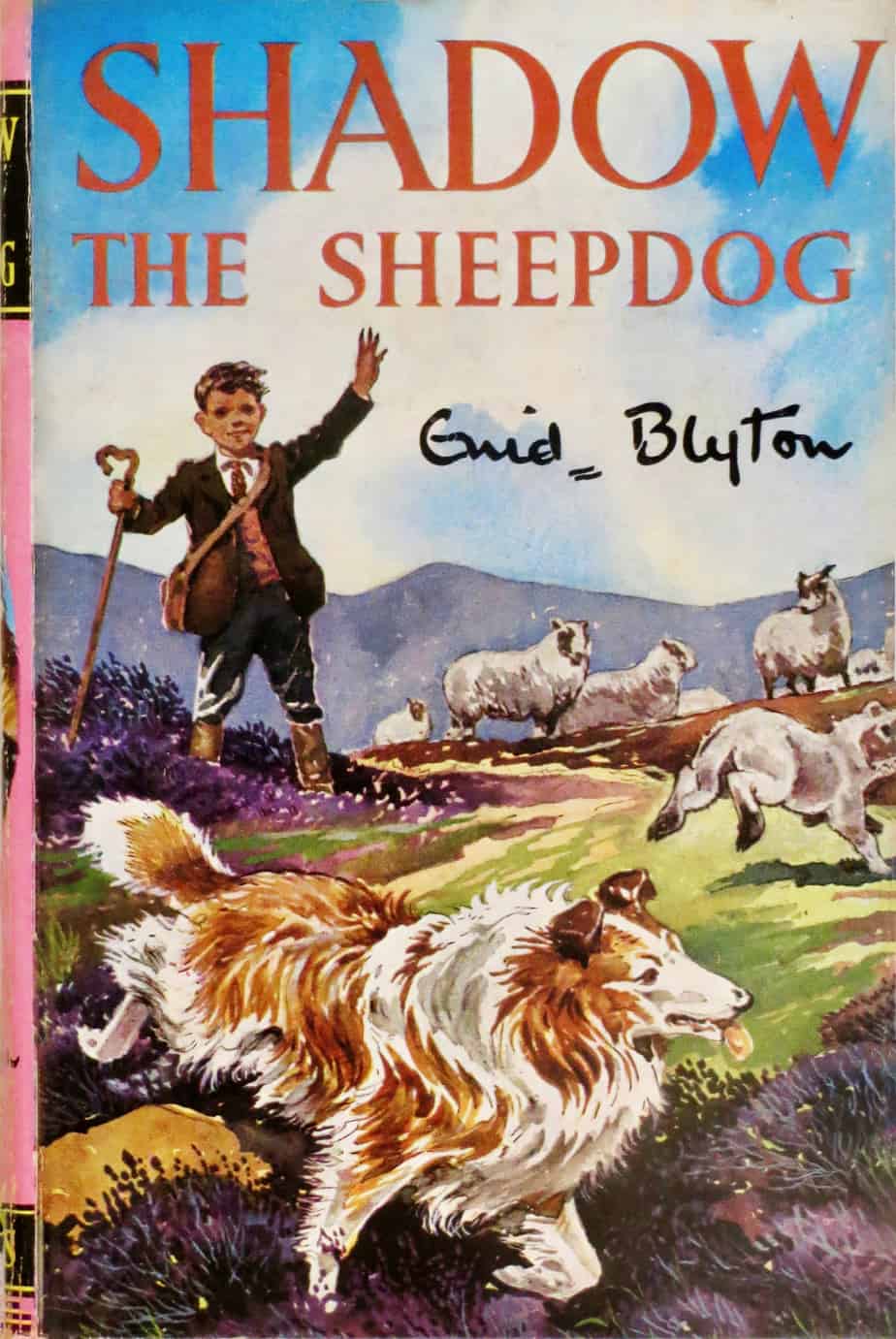
Madeline and the Gypsies is one of the few children’s book from the Second Golden Age of Children’s Literature to portray a gypsy as a rounded, caring and responsible individual.
WANDERERS NOT GYPSIES
- Today, calling the Roma or the Irish Travellers ‘gypsies’ is very similar to calling Native Americans ‘Indian’. The word ‘Gypsy’ is often used in a derogatory way and is based on the mistaken idea that gypsies came from Egypt.
- There are two main, distinct groups of travellers — the Roma and the Irish travellers. They are both nomadic but are separate. Romany gypsies have roots in India but Irish Travellers are, well, Irish.
- Irish travellers speak a language called Cant, Gammon or Shelta. The hit UKTV show Big Fat Gypsy Wedding focuses on a group of Irish Travellers and is considered to be a poor representation of travellers. Back in the 1940s these people were called ‘Tinkers’. They became travellers due to a history of discrimination against the Irish, and may have had land taken from them.
- The Romani language is based on Punjabi/Hindi.
- The word ‘Romani’ has nothing to do, by the way, with the country Romania, or the Ancient Romans.
- Australia has its own Romani population, who first came to Australia in the early 1900s from Greece.
- Meanwhile in America, these wanderers might be referred to as hobos.
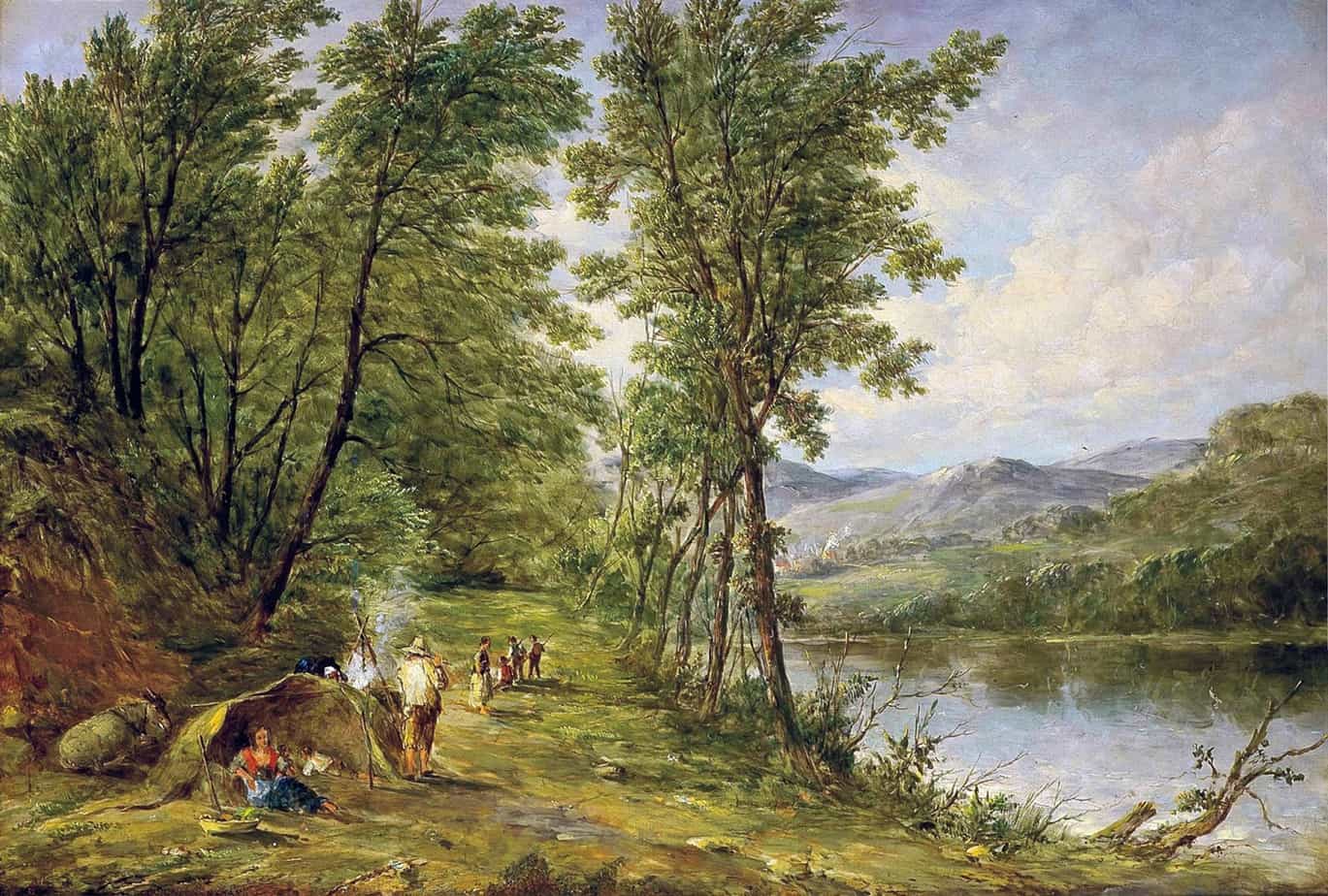
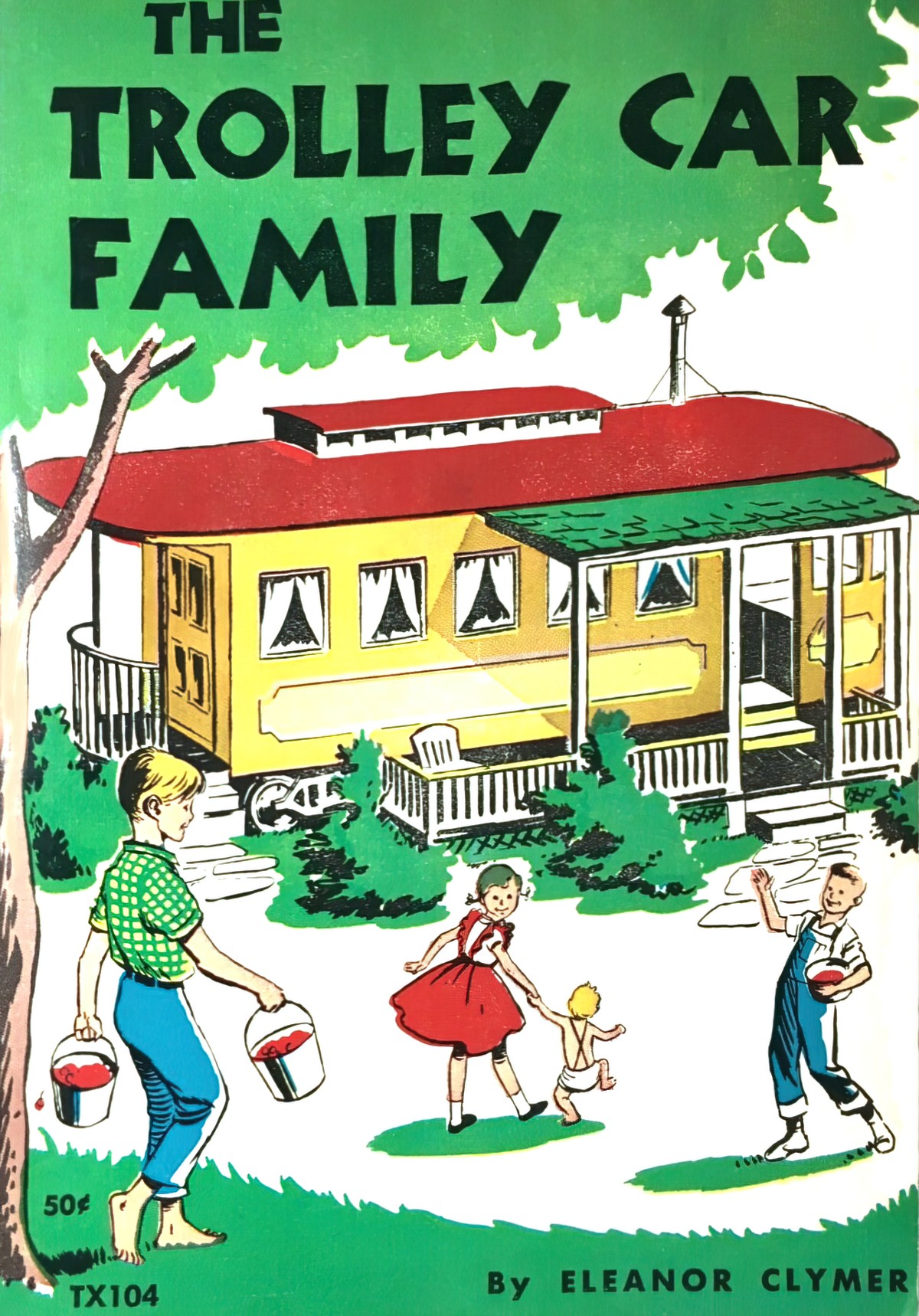
THE MODERN “GYPSY”
THERE HAVE ALWAYS BEEN ITINERANTS, drifters, hobos, restless souls. But now, in the second millennium, a new kind of wandering tribe is emerging. People who never imagined being nomads are hitting the road. They’re giving up traditional houses and apartments to live in what some call “wheel estate”—vans, secondhand RVs, school buses, pickup campers, travel trailers, and plain old sedans. They are driving away from the impossible choices that face what used to be the middle class. Decisions like: Would you rather have food or dental work? Pay your mortgage or your electric bill? Make a car payment or buy medicine? Cover rent or student loans? Purchase warm clothes or gas for your commute? For many the answer seemed radical at first. You can’t give yourself a raise, but what about cutting your biggest expense? Trading a stick-and-brick domicile for life on wheels?”
[…]
a vast majority of us vandwellers are white. The reasons range from obvious to duh, but then there’s this.” Linked below the post was an article about the experience of “traveling while black.” That made me think: America makes it hard enough for people to live nomadically, regardless of race. Stealth camping in residential areas, in particular, is way outside the mainstream. Often it involves breaking local ordinances against sleeping in cars. Avoiding trouble—hassles with cops and suspicious passersby—can be challenging, even with the Get Out of Jail Free card of white privilege. And in an era when unarmed African Americans are getting shot by police during traffic stops, living in a vehicle seems like an especially dangerous gambit for anyone who might become a victim of racial profiling. All that made me think about the instances when I could have gotten in trouble and didn’t. One time I got pulled over at night while reporting in North Dakota. The cops asked where I was from and recommended some local tourist attractions before letting me off with a warning. In general, people didn’t give me grief when I was driving Halen. I wish I could chalk that up to good karma or some kind of cosmic benevolence, but the fact remains: I am white. Surely privilege played a role.
Jessica Bruder, Nomadland: Surviving America in the Twenty-First Century
Romani Representation in Pop Culture
Roma figures have been an essential part of European folklore, myths, and literary traditions for centuries, with writers from Cervantes to Shakespeare to Victor Hugo drawing on the stereotype of the free-spirited, bohemian “Gypsy.” Post-World War II, Roma characters began to appear in a new literary medium: American comic books. Roma heroes and villains alike fill the pages of DC and Marvel comics, with iconic characters like Dr. Doom, Magneto, Scarlet Witch, and Nightcrawler depicted as Roma.
Almost exclusively written and drawn by non-Romani, however, these characters are often flawed or stereotypical, or, in recent years, they’ve been stripped of their Roma identity. Despite this, Roma comic book characters have become an important source of inspiration and empowerment for Roma youth around the globe. In this episode, Roma human rights activist and pop culture expert Vicente Rodriguez Fernandez joins me to talk about depictions of Romani characters in comic books, film and TV, the use of Roma identity as a literary trope, and comics as a tool of empowerment for minority groups.
interview at New Books Network
POPULAR WESTERN BOGEYMEN
No matter how safe childhood becomes, modern folklore still requires bogeymen. Apart from the Roma, we’ve also had:
- Fairies — originally fairies were used as the bogeyman: “Be good or the fairies will take you!”
- Jews — It was thought Jews abduct Christian children and use them as sacrifice in strange rituals.
- Witches — as portrayed in Roald Dahl’s middle grade novel, in which he explains witches look like everyday women.
- Black cars — in Estonia black cars were supposed to be especially dangerous because they contained people who wanted to kidnap you for your organs. Black cars are also suspicious in the West.
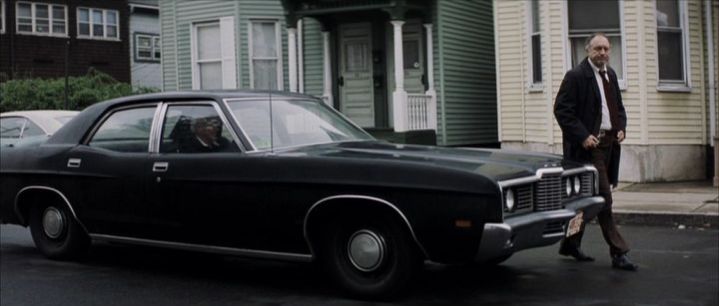
And now we have men in white vans.
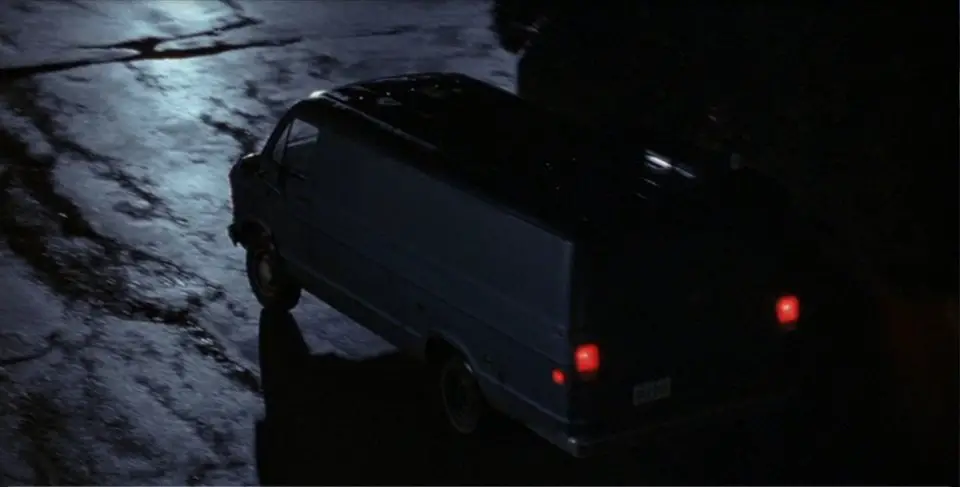
Although the word ‘gypsy’ is increasingly widely recognised as a slur, we are still seeing contemporary novels making use of the word. The marketing copy of Gypsy Blood lists a number of other insulting terms, but all of them fictional.
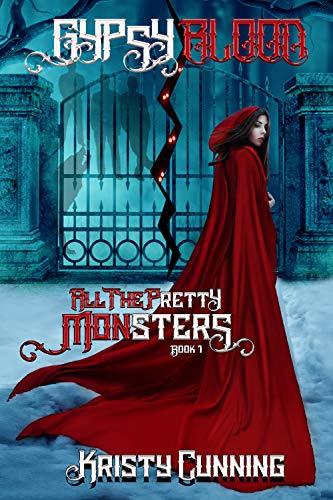
I’m not all that special, really. Or uncommon. I’m sure there are a lot of girls with old gypsy blood who see the dead, have killer cults hunting their family, and turn into something that gets scary when they panic. Yep. Completely unoriginal, if I do say so myself.
Move along. Nothing to see here. Nope. I’m just an ordinary girl.
I wish people would believe that.
I’ve been labeled as one thing or another for most of my life:
Death Girl.
Crazy Gypsy Girl.
Gothic Chick.
Monster…
It took my mother’s death for me to finally start getting answers about what’s really been going on. Unfortunately, most of the answers come from men…who aren’t just men. Somehow, I’ve gone and landed myself in a world truly filled with monsters, and I’m starting to think this is where I should have been all along.
Header painting: Samuel David Colkett – A Gypsy Encampment
